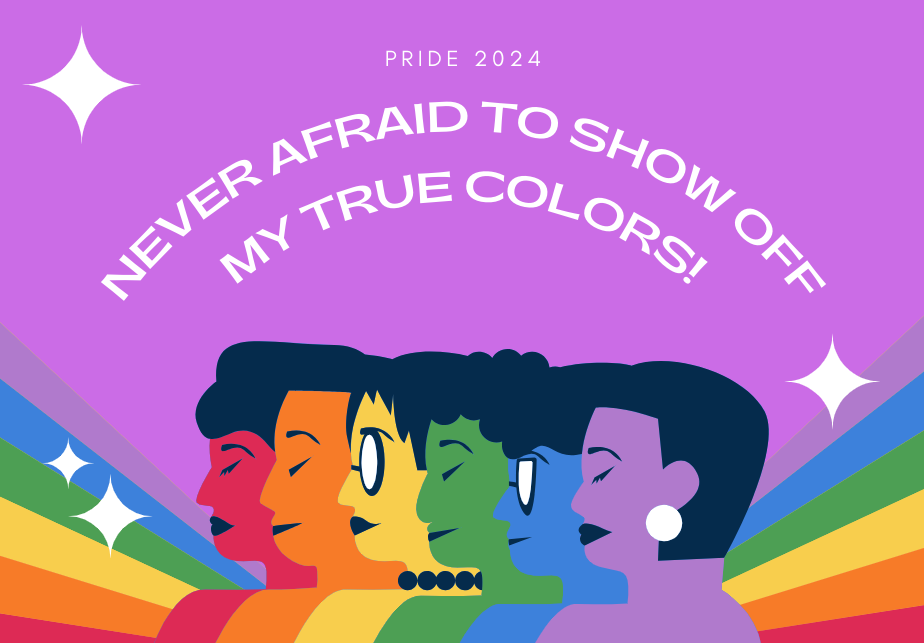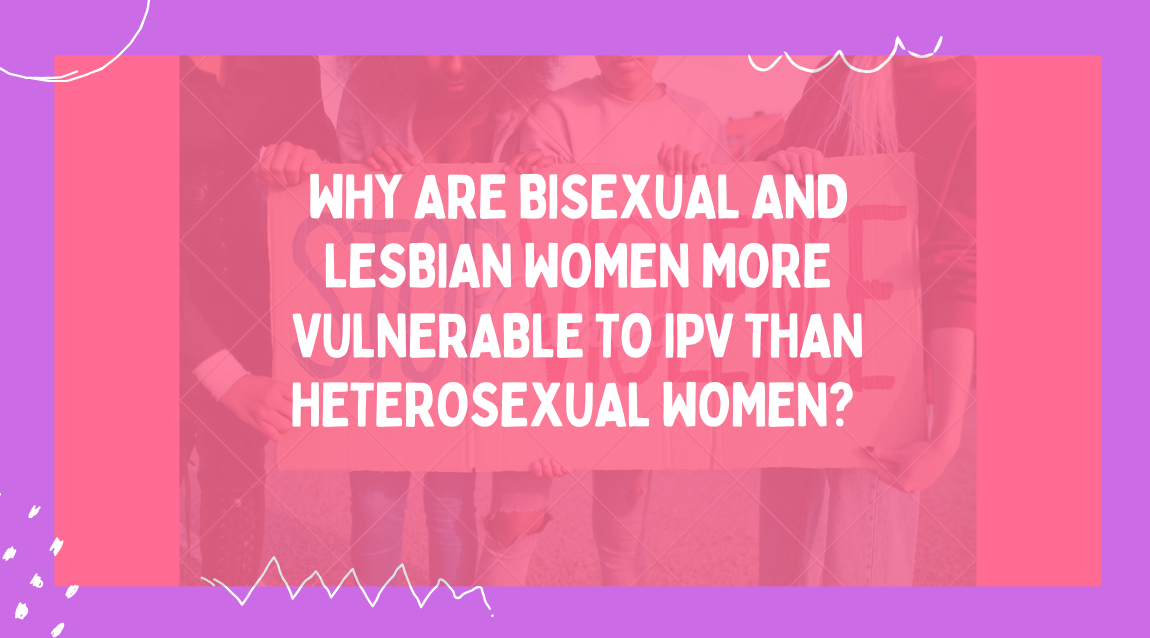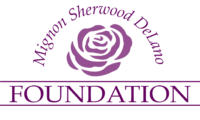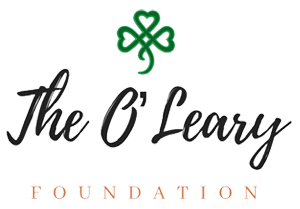- Yuiko Yoshikawa
- Jun, 25, 2024
- Blog
- Comments Off on Pride Month : Raising Awareness of IPV in Queer Communities
This year marks the 54th anniversary since 1970, when the first Pride March was held in New York City. The queer community has steadily gained the rights it deserves through hardship. June is a month to reflect on and take pride in how far we have come, alongside those who belong to the queer community and those who have fought alongside and continue to support their rights. However, it is important to note that prejudice and mistreatment of the queer community still exist. It is up to queer people to come together to address this issue and continue moving forward every day to secure their rights and live their lives as they deserve.

Here, I want to draw attention to those in the queer community who endure Intimate Partner Violence (IPV) daily without a voice. IPV and Domestic Violence (DV) occur not only among heterosexual couples but also among gay, lesbian, bisexual, and transgender couples. Statistics show that in some cases, these forms of violence occur at even higher rates than among heterosexual couples. The reality is that they face a lot of stigma and prejudice, making it challenging for them to access the support they need.
Lesbian and Bisexual women are more likely than Heterosexual women to have experienced IPV in their lifetime
The CDC’s National Intimate Partner and Sexual Violence Survey (NISVS) shows that women (32.9%) are more likely than men (28.1%) to have been victims of partner violence in the past. Within the same statistics, among the queer community, 56% of bisexual women reported experiencing partner violence. Compared to heterosexual women, bisexual women are 1.8 times more likely to experience partner violence. Additionally, 40.4% of lesbian women have been victims of IPV, which is approximately 8% higher than among heterosexual women.

First, there is the issue of silence and prejudice against violence within the queer community. Historically, fear of speaking out against violence has been prevalent among sexual minorities. Not only are queer communities socially marginalized, but they also face various prejudices that hinder speaking out, stemming from fears of exposure regarding their sexuality and doubts about receiving support if they do come forward. For queer women, this challenge is compounded by dual prejudices of misogyny and homophobia when reporting victimization. Additionally, bisexual women may encounter biphobic prejudice within the queer community.
Secondly, traditional feminist views that emphasize masculinity versus femininity can deter queer women from reporting violence. This is due to the stereotype that men are typically perpetrators of IPV and the misconception that women, perceived as physically weaker, do not inflict harm. There is a widespread misunderstanding that IPV is not inherently tied to gender but rather to power dynamics and control within relationships. Regrettably, there is also resistance within feminist circles to actively discuss lesbian IPV, as it may challenge prevailing notions of misogyny and patriarchy-driven abuse typically attributed to men (which could disrupt the woman-versus-man paradigm).
Third, there is a lack of awareness, education, and support services specifically tailored to address IPV within the queer community. Many victims hesitate to leave their abusers because they, along with those around them, perceive IPV as primarily a problem in heterosexual relationships and lack access to support resources that cater to sexual minorities. Many shelters are ill-equipped to assist sexual minority women, leading lesbian and bisexual women to often avoid seeking refuge there. A study by Balsam (2001) revealed that over 60% of lesbian women who were victims of IPV did not leave their partners or seek help from women’s shelters.
Furthermore, the high prevalence of HIV in the queer community exacerbates the situation. HIV-positive IPV victims fear dying alone if they leave their partners, while those with HIV-positive IPV partners feel unable to abandon their sick loved ones. Some victims contract HIV through sexual violence, such as demands for unprotected sex from their partners. Thus, IPV within the queer community carries similar risks as in the heterosexual community, yet specific factors within the queer community suppress victims’ voices in addressing IPV.
What kind of abusive behaviors are included in queer couple?
IPV is abuse or aggression by romantic/sexual partners. Essentially, the same abuses can occur in sexual minority couples as in heterosexual couples. However, queer communities have experienced social stigmas, leading to different manifestations of IPV. There are several specific types of abusive behaviors in IPV among queer couples, including emotional, physical, and sexual abuse, similar to those seen in heterosexual couples.
Please review the following examples:
- Pressuring or threatening a partner to come out or remain closeted
- Saying a partner’s LGBTQ identities are insufficient or excessive
- Denying that IPV exists in queer communities
- Turning mutual friends against a partner
- Physically targeting a partner’s genitals or chest in violence
- Cutting off a partner’s access to hormones
- Denying sexual protections because LGBTQ sex is considered safer
- Isolating a partner using homophobia
These are just a few examples of IPV by abusive partners. If you have experienced similar behaviors from your partner, please talk to your friends, family, or seek support from relevant organizations. You are not alone, and you deserve support and understanding.
Places You Can Consult
Sylvia’s Place 269-673-8700
Youth Support including LGBTQ+ : Ozone House (734) 662-2222
Transgender Support : Transgender Michigan
Shelters/ Safe housing service for LGBTQ+ : Ruth Ellis Center
Immediate Help : Equality Michigan 313-537-7000
Reference
Library of Congress. Lesbian, Gay, Bisexual, Transgender and Queer Pride Month. https://www.loc.gov/lgbt-pride-month/about/
Taylor N.T. Brown and Jody L. Herman(2015). Intimate Partner Violence and Sexual Abuse Among LGBT People. A review of existing research. https://williamsinstitute.law.ucla.edu/publications/ipv-sex-abuse-lgbt-people/
Rollè L, Giardina G, Caldarera AM, Gerino E, Brustia P(2018). When Intimate Partner Violence Meets Same Sex Couples: A Review of Same Sex Intimate Partner Violence. Front Psychol. 21https://www.ncbi.nlm.nih.gov/pmc/articles/PMC6113571/
National LGBT Health Education Center. Recognizing and Addressing Intimate Partner Violence in Relationships of LGBTQ People:A PRIMER FOR HEALTH CENTERS. https://www.lgbtqiahealtheducation.org/wp-content/uploads/2020/04/TFIR-158_Intimate-Partner-Violence-Brief_web_spreads.pdf
HRC Foundation(2022). Understanding Intimate Partner Violence in the LGBTQ+ Community. https://www.hrc.org/resources/understanding-intimate-partner-violence-in-the-lgbtq-community
Balsam K. F. (2001). Nowhere to hide: lesbian battering, homophobia, and minority stress. https://www.taylorfrancis.com/chapters/edit/10.4324/9781315808987-3/nowhere-hide-kimberly-balsam
Sylvia’s Blog
- VAWA and VOCA at Sylvia’s Place December 9, 2024
- Comorbid Dangers: Financial Abuse November 4, 2024
- Comorbid Dangers: Domestic Violence & Animal Abuse September 16, 2024





